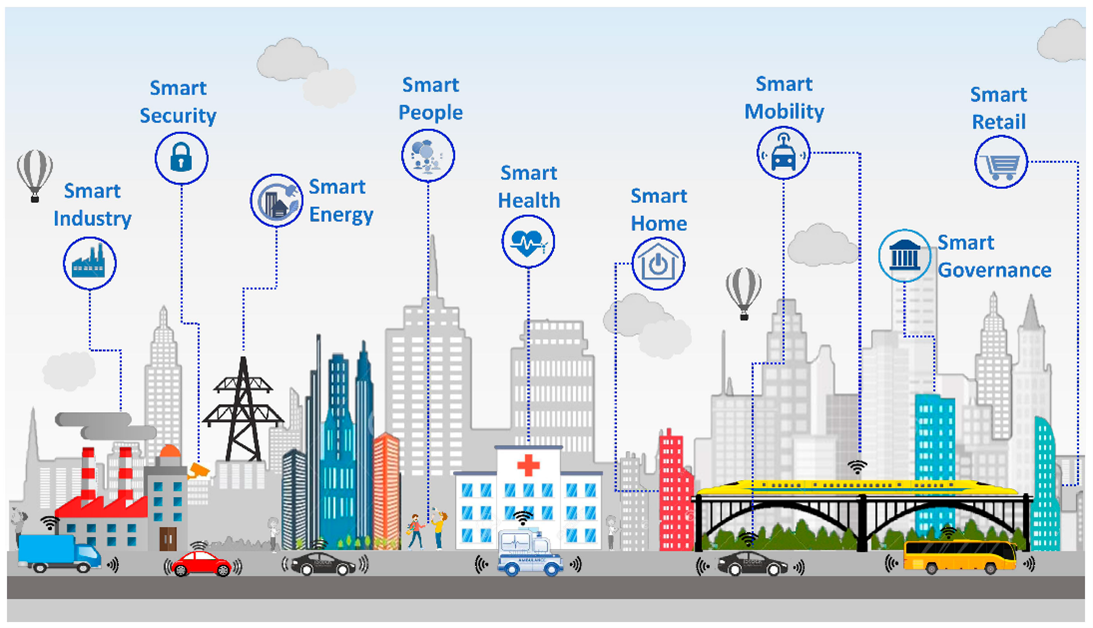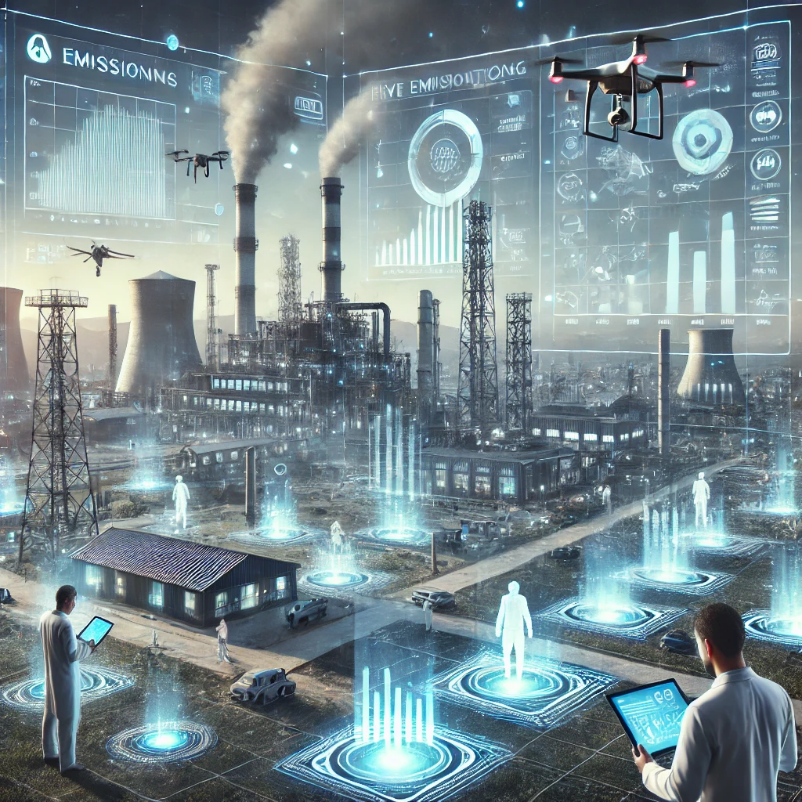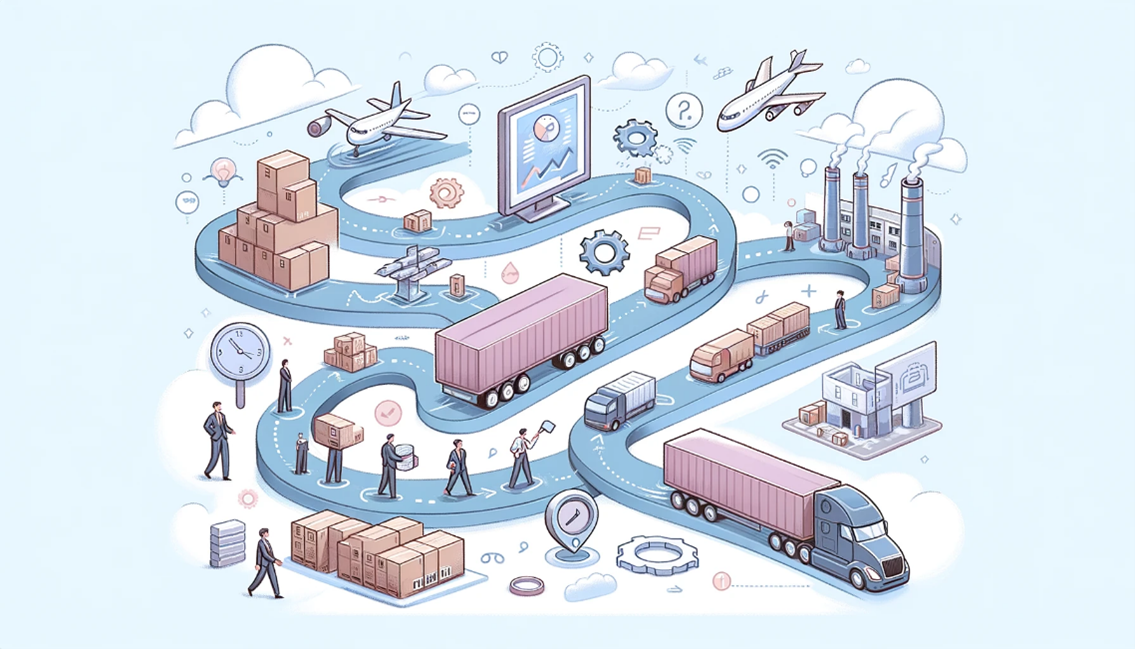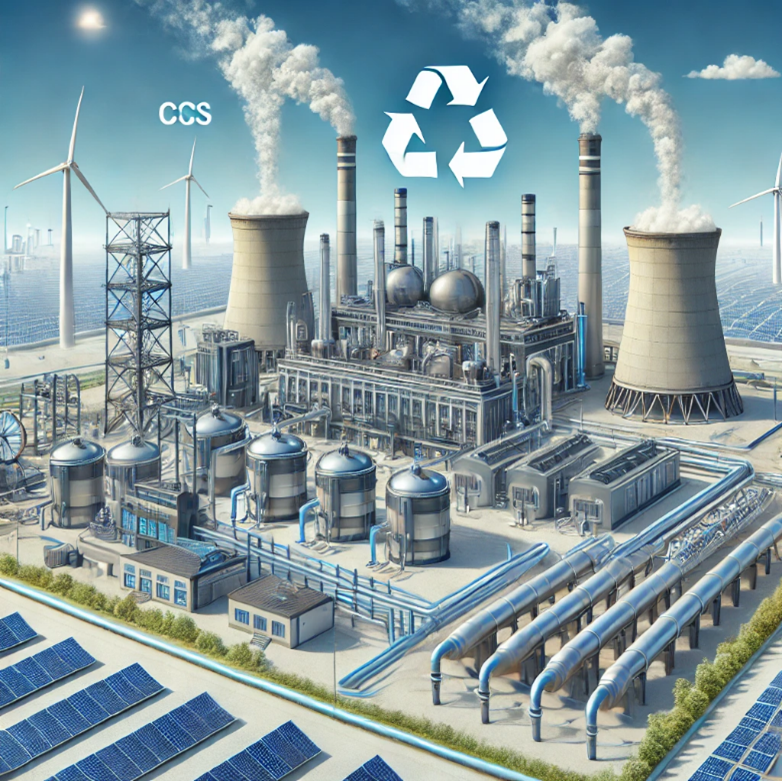How can AI be used to track and reduce carbon emissions across industries?

How can AI be used to track and reduce carbon emissions across industries?
by Maximilian 12:08pm Feb 03, 2025

AI can be a powerful tool in tracking, monitoring, and reducing carbon emissions across various industries. By leveraging data analysis, predictive modeling, and automation, AI can help businesses optimize their operations, reduce waste, and improve their sustainability efforts. Below are several ways AI can contribute to tracking and reducing carbon emissions across different sectors:
1. Real-Time Emissions Monitoring
Sensor Integration: AI can process data from IoT sensors embedded in industrial equipment, vehicles, and infrastructure to monitor carbon emissions in real-time. By continuously tracking emissions levels, AI can provide businesses with up-to-date insights into their environmental impact.
Smart Grids and Energy Monitoring: In the energy sector, AI can optimize energy usage by analyzing patterns in electricity consumption and carbon output. AI-powered smart grids can balance renewable energy sources (like solar or wind) with demand, minimizing reliance on fossil fuels and reducing emissions.

2. Predictive Analytics for Emission Reduction
Optimizing Processes: AI can use historical data and machine learning models to predict future energy demands, identify inefficiencies, and optimize industrial processes to reduce emissions. For example, AI can suggest energy-efficient routes for delivery trucks or optimize heating and cooling systems in buildings, thereby reducing fuel consumption and lowering carbon emissions.
Carbon Footprint Forecasting: AI can forecast future carbon footprints based on production schedules, raw material usage, and energy consumption. This enables industries to take preemptive actions, such as adjusting operations or incorporating cleaner technologies before emissions exceed sustainability targets.
3. Supply Chain Optimization
Carbon-Optimized Logistics: AI can optimize supply chain management by identifying the most efficient transportation routes and methods, minimizing fuel consumption, and reducing carbon emissions. Machine learning models can analyze factors such as traffic conditions, vehicle types, and delivery schedules to create low-carbon transportation solutions.
Sustainable Sourcing: AI can also evaluate suppliers based on their carbon footprint, helping companies choose more sustainable materials and reduce emissions associated with procurement. AI-driven analytics can assess factors like the environmental impact of raw material extraction, transportation distances, and production methods to identify more eco-friendly alternatives.

4. Energy Efficiency and Demand Response
Smart Energy Management: AI can analyze energy usage patterns in real time and suggest optimal energy-saving measures, such as reducing power consumption during peak demand times or adjusting factory operations to avoid energy waste. In commercial buildings, AI systems can optimize lighting, heating, cooling, and equipment use, cutting energy consumption and associated carbon emissions.
Grid Decarbonization: AI can optimize the operation of energy grids by balancing supply from renewable sources (wind, solar) and non-renewable sources. It can predict periods of renewable energy surplus or shortage, allowing for better integration of renewable energy into the grid and reducing the reliance on fossil fuels.
5. Carbon Capture and Storage (CCS)
Optimization of CCS Processes: AI can be used to optimize carbon capture and storage (CCS) technologies. Machine learning algorithms can monitor the efficiency of CO2 capture units and provide real-time feedback to adjust operational parameters, enhancing the capture rates of carbon emissions from industrial processes.
Leakage Detection: AI-powered systems can analyze data from sensors monitoring underground CO2 storage sites to detect potential leaks, ensuring that captured carbon is safely stored without being released back into the atmosphere.

6. Design and Product Innovation
Low-Carbon Product Design: AI can assist in designing products with a lower carbon footprint by optimizing materials selection, manufacturing processes, and end-of-life disposal. AI algorithms can predict the environmental impact of various design choices and recommend sustainable alternatives to reduce carbon emissions in the product lifecycle.
Circular Economy Models: AI can help businesses transition to circular economy models by identifying opportunities for recycling, reuse, and resource efficiency. AI-powered platforms can analyze product life cycles and recommend sustainable practices, such as repurposing waste materials or reusing components, to minimize carbon emissions.
7. Carbon Emission Reporting and Compliance
Automated Reporting: AI can automate carbon emission tracking and reporting, helping companies meet regulatory requirements and sustainability goals. AI systems can aggregate data from various sources (e.g., emissions sensors, production systems) and generate real-time emissions reports that adhere to local and international standards.
Regulatory Compliance: AI can track and predict a company’s compliance with environmental regulations, alerting managers when emissions are approaching limits. It can also provide suggestions for corrective actions to help companies avoid fines and improve their sustainability practices.
8. Smart Cities and Urban Planning
Urban Mobility: In urban settings, AI can optimize traffic flow and public transportation systems, reducing fuel consumption and carbon emissions from vehicles. Machine learning algorithms can suggest more efficient transportation routes, prioritize electric vehicles, and improve the coordination of mass transit systems to reduce emissions from urban mobility.
Urban Energy Systems: AI can help design smart cities by optimizing energy use across multiple sectors, such as buildings, transportation, and waste management. AI systems can integrate data from various urban systems to minimize energy waste, reduce emissions, and create more sustainable, livable cities.

9. Behavioral Change and Consumer Engagement
Sustainable Consumer Choices: AI-powered apps and platforms can help consumers make sustainable choices by analyzing the environmental impact of products and services. Machine learning models can recommend lower-carbon alternatives to consumers, from energy-efficient appliances to sustainable food choices.
Personalized Carbon Footprint Reduction: AI can help individuals and organizations track their carbon footprints and suggest personalized actions to reduce emissions, such as adopting cleaner energy sources or changing daily habits (e.g., transportation or waste reduction).
10. Carbon Emission Offsetting
Carbon Offset Projects: AI can be used to optimize carbon offset programs by identifying the most effective projects (e.g., reforestation or renewable energy initiatives) for companies to invest in. Machine learning algorithms can predict the potential carbon savings from different offset strategies and ensure that investments are directed toward the most impactful initiatives.
Conclusion
AI is revolutionizing how industries track and reduce carbon emissions. By harnessing machine learning, businesses can gain deeper insights into their operations, optimize energy use, improve product design, and make smarter, data-driven decisions. AI enables industries to implement more effective carbon-reduction strategies, support regulatory compliance, and foster long-term sustainability goals, ultimately contributing to global efforts to mitigate climate change.






